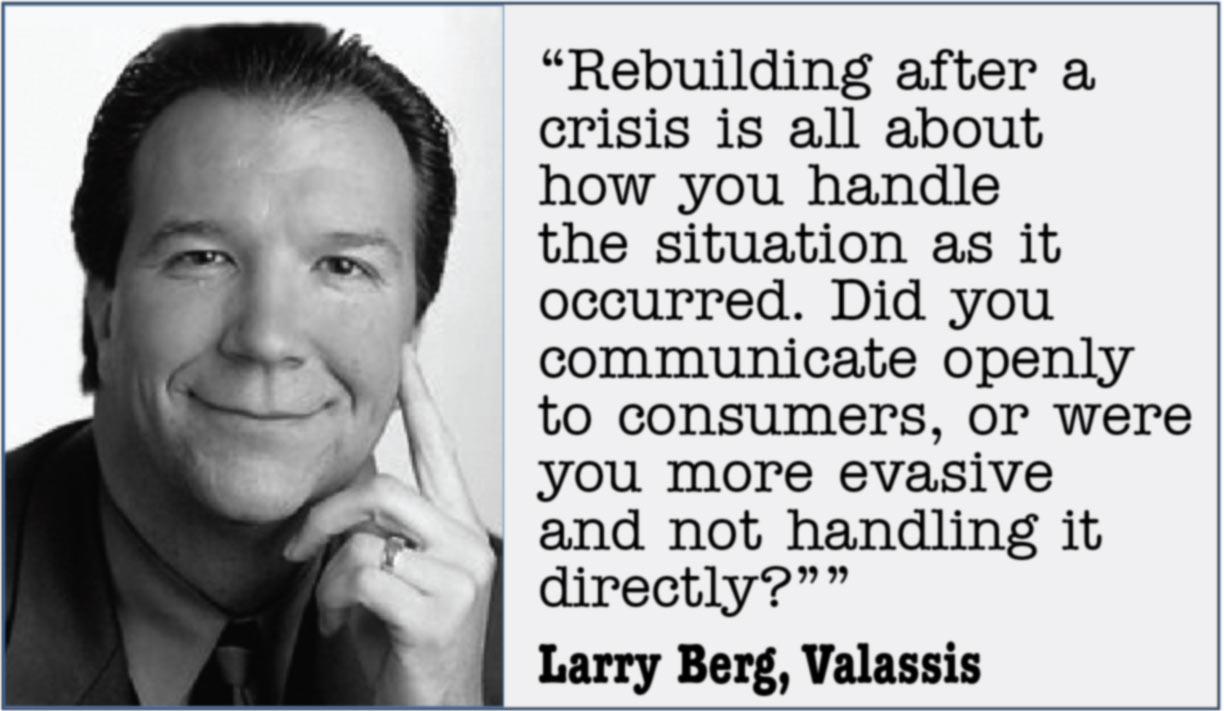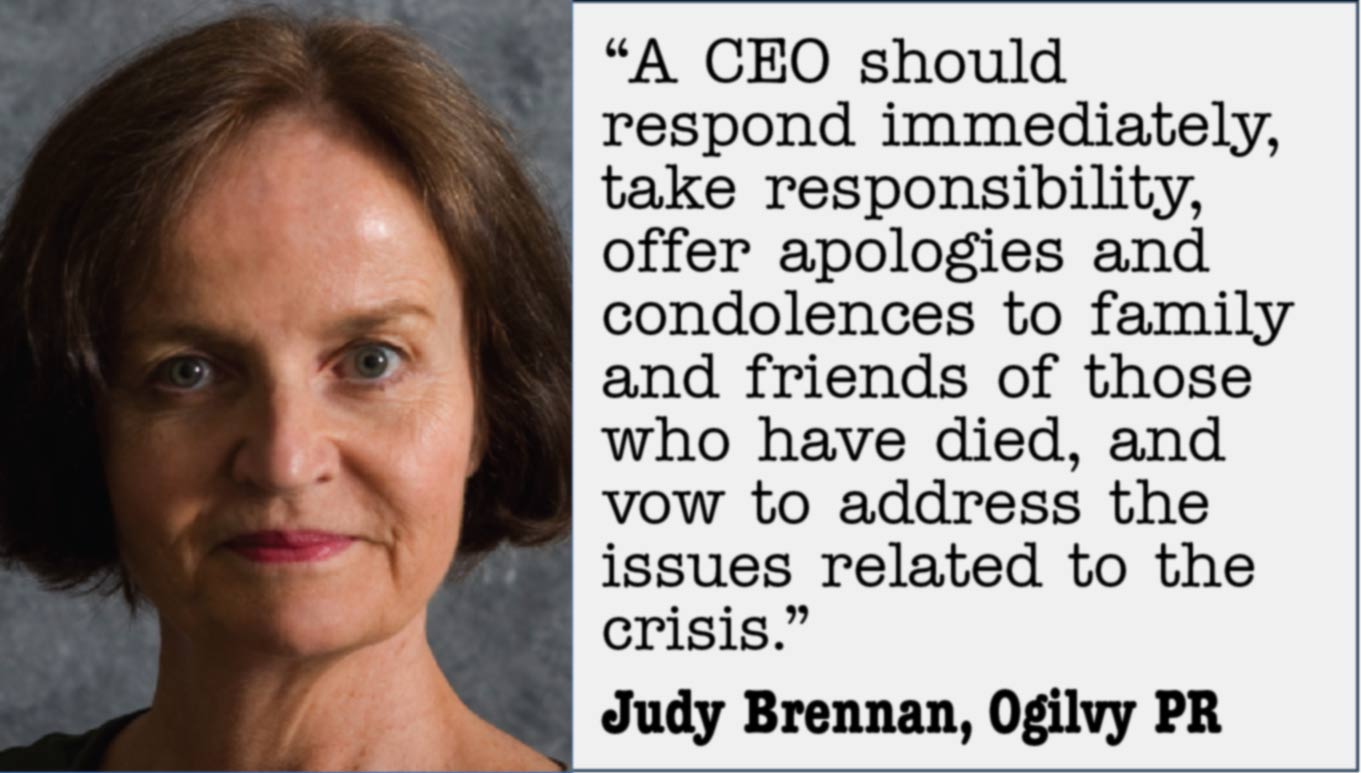The images conjured comparisons to April 15, 1912, when the supposedly unsinkable ship RMS Titanic struck an iceberg and sank in the North Atlantic, killing 1,517 passengers. When the ship Costa Concordia ran aground on Jan. 13, 2012, just off the Italian island of Giglio in the Tyrrhenian Sea, the outcome was not as extreme, yet the impact of 15 people dead—and 17 more still missing (at the time of this writing) after a ship accident in the year 2012 has caused shock and disbelief among the public worldwide. How could this happen?
Indeed, the image repeatedly viewed around the world of the Concordia half submerged on the rocks could be compared to the underwater stream of gushing oil seen for months during the BP oil disaster. In fact, this is a crisis in relative proportion to that incident, not because of a threat to the environment (although at press time, the fuel aboard the Concordia had still not been removed), but because of the affect it will have on the entire cruise industry.
 |
“Like after an airline crash, this will have a ripple effect,” says Larry Berg, VP & GM of Valassis, a media and marketing company. Except that the cruise industry rarely experiences an accident of this magnitude.
Because of the severity of and the attention this crisis is getting, PR News takes a close look at the PR aspects, with expert insights from veteran communications pros.
TITANIC STRUGGLE
When the Concordia hit bottom the night of Jan. 13, technology quickly sprang into action, as passengers took photos and videos via cellphones of the chaotic scenes on the ship’s decks and, reportedly, callers alerted the Italian Coast Guard that something was not right onboard. These are actions that Titanic passengers, of course, could not take, but underscores the immediacy of communications today.
 |
The next day, Sat. Jan 14, at 3:45 p.m. EST, Carnival Cruise Lines, the parent company of Costa Cruises, issued its first press release on the accident. The initial PR response to a crisis, says Berg, should acknowledge what happened and inform the public that you apologize and committed to making things right. That’s exactly the tone of Carnival’s release. However, within the release, there were no quotes from Carnival’s CEO Micky Arison, and that could be a blunder in a crisis of this magnitude. “A CEO should respond immediately, take responsibility, offer apologies and condolences to family and friends of those who have died, and vow to address the issues related to the crisis,” says Judy Brennan, executive VP at Ogilvy PR.
On Monday, Jan. 16, Costa Cruises’ chairman and CEO Pier Luigi Foschi held a press conference in Genoa, Italy, to answer questions on the incident. The conference, says Jerry Doyle, principle at crisis management agency CommCore Consulting and a media training expert, shows how an organization, led by its CEO, tries to avoid making matters worse (see the sidebar for Doyle’s full critique of the conference).
CAPTAIN CRUNCHED
Foschi seemed to go to great lengths not to blame the ship’s captain, Francesco Schettino, although he said that Schettino was responsible for taking the ship off course, a move that was “unapproved and unauthorized.”
Ah, Captain Schettino. Within hours the 24/7 nature of media had elevated him to legendary status, and not in a good way. Currently under house arrest on suspicion of multiple manslaughter, Italian prosecutors have also accused him of fleeing the ship before the evacuation was complete. A conversation between Schettino and a port official seems to support that accusation.
After a barrage of evidence was made public about the captain’s tepid response during the accident, Costa Cruises began disassociating itself from its own employee, essentially blaming Schettino fully for the accident. This isn’t the best of moves, says Brennan. “Generally speaking, companies should not place blame squarely on one or more individuals until it’s been validated with a formal investigation,” she says. “A company needs to go beyond placing blame. The focal point should be on what changes the company will take to ensure that the problem doesn’t arise again.”
Schettino’s alleged actions and conflicting statements, however, may have forced Costa’s hand. The captain has become a caricature of himself in the public’s eye, helped by salacious stories by publications like the New York Post, which dubbed Schettino “Chicken of the Sea.”
The media onslaught continues. A blond dancer from Moldavia who may have distracted Schettino the night of the accident now thickens the plot.
REBUILDING A REPUTATION
This coverage is merely a distraction for communicators, though. Aside from the financial hit that Carnival will take—estimated to be $95 million by the Financial Times — it’s long-term reputation and customer trust that’s at stake. “Rebuilding after a crisis is all about how you handle the situation as it occurred,” says Berg. “Did you communicate openly to consumers, or were you more evasive and not handling it directly? People sense this.”
This part of the PR equation may have to wait until all the facts are known, and perhaps until the Concordia is removed from that rocky outcrop and the missing accounted for. PRN
[Editor’s Note: For more articles on crisis management, visit PR News’ Subscriber Resource Center.]
CONTACT:
Larry Berg, bergl@valassis.com; Judy Brennan, judy.brennan@ogilvy.com; Jerry Doyle, jdoyle@commcoreconsulting.com.
Follow Scott Van Camp: @svancamp01

This was a very sketchy situation. I thought it was completely irresponsible of the captain to leave the ship before everyone had evacuated the ship. I also thought that it was irresponsible of the cruise company to place blame on the captain without fully knowing the story. After the first news release it was pretty obvious the company did not know how to handle the situation